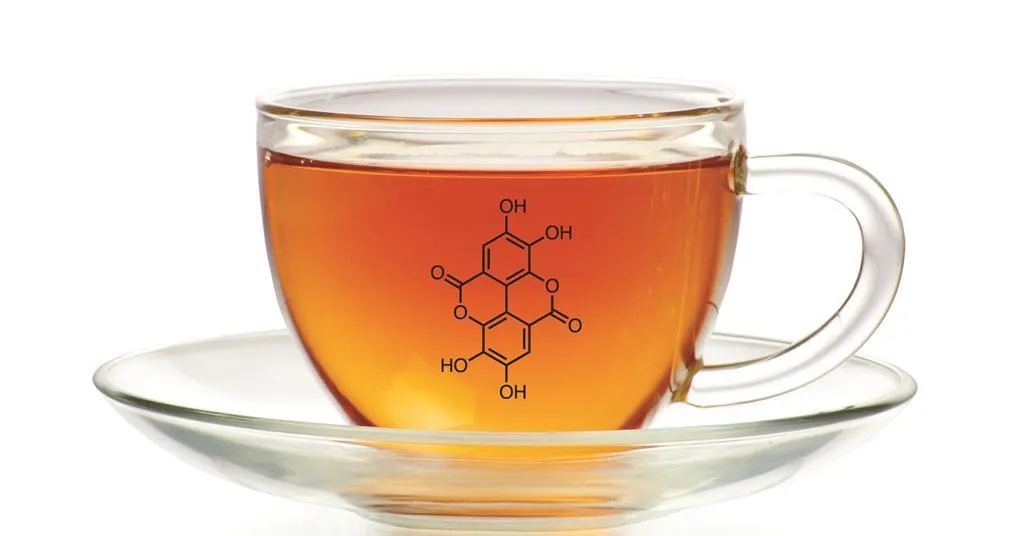In the world of tea, dark tea stands out for its unique fermentation process and rich, complex flavors. Now, a groundbreaking study published in the *Journal of Advanced Research* has shed new light on how the chemical profiles of raw tea leaves can actively shape the quality and flavor of dark tea, challenging traditional understandings of the fermentation process. The research, led by Yating Guo from the Tea Research Institute at Zhejiang University, reveals that raw tea plays a pivotal role in selecting and nurturing specific microbial communities, which in turn drive the distinctive qualities of dark tea.
Traditionally, the focus has been on manipulating microorganisms and their environment to control the quality of dark tea. However, this study highlights the often-overlooked influence of the raw tea itself. “We found that the chemical composition of raw tea significantly impacts the microbial communities during fermentation,” Guo explains. “This interaction is crucial for developing the unique flavors and aromas that dark tea is known for.”
The researchers compared three types of raw tea: sun-dried (SDT), baked (BT), and pan-fried (PFT). Each type underwent pile fermentation, and the resulting chemical profiles, microbial communities, and sensory qualities were meticulously analyzed. The findings were striking. Sun-dried tea, with its lower flavonoid and catechin content, favored the growth of Agathobacter and Wickerhamomyces. These microorganisms contributed to the flowery aroma and acidity of the tea. In contrast, baked tea’s distinctive bacterium, Acidovorax, was positively correlated with alcohols and hydrocarbons, enhancing its fresh and refreshing attributes. Pan-fried tea, with its higher iron concentration, saw the predominance of Geobacter, which negatively correlated with aldehydes, and the presence of Streptococcus and Ligilactobacillus led to a significant increase in volatile acid content.
The implications for the agriculture and tea industries are profound. By understanding how raw tea chemistry influences microbial communities, tea producers can now target specific chemical profiles to achieve desired flavor characteristics. This could lead to more consistent and high-quality dark tea products, meeting the demands of an increasingly discerning market. “This research opens up new possibilities for targeted manipulation of raw tea chemical profiles,” Guo notes. “It’s not just about the environment; it’s about the raw material itself.”
The study also paves the way for further research into the intricate interactions between raw materials and microorganisms in various fermentation processes. This could have broader applications in the food and beverage industry, where fermentation plays a crucial role in product quality and flavor development.
As the tea industry continues to evolve, this research provides a valuable tool for producers to enhance the quality and consistency of their products. By harnessing the power of raw tea chemistry, the future of dark tea looks brighter than ever.

